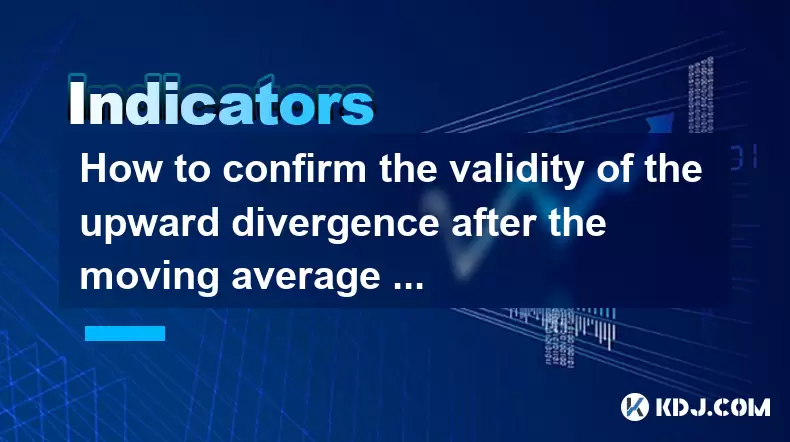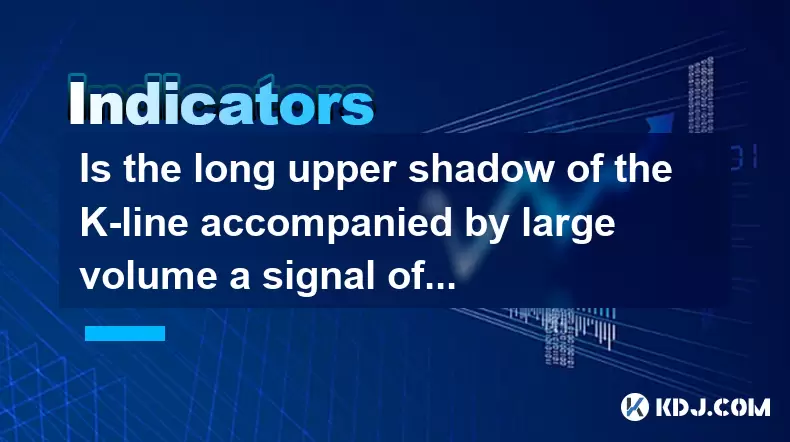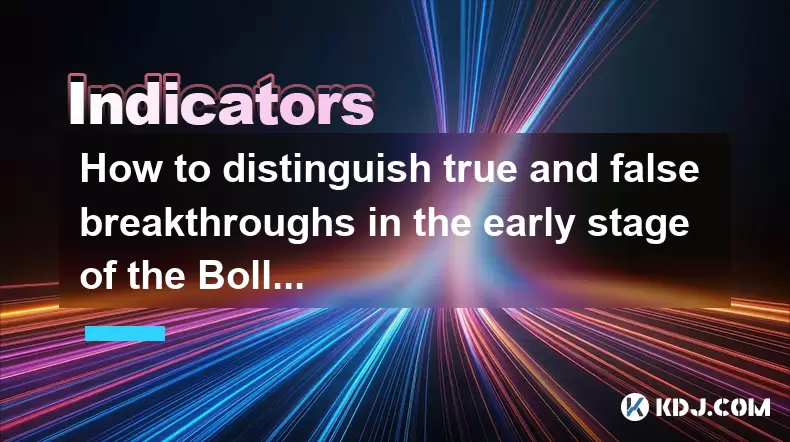-
 Bitcoin
Bitcoin $106,754.6083
1.33% -
 Ethereum
Ethereum $2,625.8249
3.80% -
 Tether USDt
Tether USDt $1.0001
-0.03% -
 XRP
XRP $2.1891
1.67% -
 BNB
BNB $654.5220
0.66% -
 Solana
Solana $156.9428
7.28% -
 USDC
USDC $0.9998
0.00% -
 Dogecoin
Dogecoin $0.1780
1.14% -
 TRON
TRON $0.2706
-0.16% -
 Cardano
Cardano $0.6470
2.77% -
 Hyperliquid
Hyperliquid $44.6467
10.24% -
 Sui
Sui $3.1128
3.86% -
 Bitcoin Cash
Bitcoin Cash $455.7646
3.00% -
 Chainlink
Chainlink $13.6858
4.08% -
 UNUS SED LEO
UNUS SED LEO $9.2682
0.21% -
 Avalanche
Avalanche $19.7433
3.79% -
 Stellar
Stellar $0.2616
1.64% -
 Toncoin
Toncoin $3.0222
2.19% -
 Shiba Inu
Shiba Inu $0.0...01220
1.49% -
 Hedera
Hedera $0.1580
2.75% -
 Litecoin
Litecoin $87.4964
2.29% -
 Polkadot
Polkadot $3.8958
3.05% -
 Ethena USDe
Ethena USDe $1.0000
-0.04% -
 Monero
Monero $317.2263
0.26% -
 Bitget Token
Bitget Token $4.5985
1.68% -
 Dai
Dai $0.9999
0.00% -
 Pepe
Pepe $0.0...01140
2.44% -
 Uniswap
Uniswap $7.6065
5.29% -
 Pi
Pi $0.6042
-2.00% -
 Aave
Aave $289.6343
6.02%
How to operate when +DI rises in DMI but does not break through -DI?
A rising +DI without crossing -DI indicates increasing buying pressure but not enough to confirm a trend reversal, requiring additional confirmation for reliable trading decisions.
Jun 18, 2025 at 07:21 am

Understanding the DMI Indicator
The Directional Movement Index (DMI) is a technical analysis tool used to identify the strength and direction of a trend in cryptocurrency markets. It consists of two lines: +DI (Positive Directional Indicator) and -DI (Negative Directional Indicator), along with the ADX (Average Directional Index) line that measures trend strength. When +DI rises but does not cross above -DI, it suggests increasing positive momentum without confirming a reversal or breakout in price.
This situation often confuses traders who expect a clear signal when one line crosses the other. However, in volatile crypto markets, such signals may lag or produce false positives. Understanding how to interpret this scenario is crucial for making informed decisions.
What Happens When +DI Rises Without Breaking -DI?
When +DI rises but remains below -DI, it indicates that buying pressure is increasing but not strong enough to overcome selling pressure. This can occur during consolidation phases or weak uptrends where bulls are attempting to gain control but lack sufficient volume or conviction.
In cryptocurrency trading, this often appears on charts during sideways movements after sharp declines. For example, if Bitcoin has recently dropped from $30,000 to $28,000 and starts showing higher lows, the +DI might rise as buyers step in, but if sellers still dominate, -DI remains above +DI.
Traders should avoid assuming a bullish breakout based solely on rising +DI. Instead, they should look for additional confirmation through volume patterns, candlestick formations, or support/resistance levels.
How to Adjust Your Trading Strategy
In scenarios where +DI rises but does not break -DI, traders should consider the following adjustments:
- Monitor Volume: A rising +DI accompanied by increasing volume may suggest genuine buying interest even before a crossover occurs.
- Watch Key Support Levels: If the asset is approaching a known support zone and +DI is rising, it could indicate a potential bounce.
- Use Candlestick Patterns: Bullish reversal patterns like hammer candles or engulfing patterns near key levels can confirm the strength behind the rising +DI.
- Combine with Other Indicators: Using tools like RSI or MACD alongside DMI can help filter out false signals and improve trade accuracy.
These steps allow traders to make more nuanced decisions rather than relying solely on DMI crossovers.
Entry and Exit Considerations
If you decide to enter a long position based on rising +DI, do so cautiously. Here’s how:
- Set Tight Stop-Loss Orders: Since there’s no confirmed trend yet, limit your risk exposure by placing stop-loss orders just below recent swing lows.
- Use Partial Entries: Enter the trade in smaller increments as +DI continues to rise and other indicators align favorably.
- Look for Confluence: Only consider entries when multiple signals align—such as rising +DI, bullish candlesticks, and oversold RSI readings.
- Exit Gradually: If the price moves in your favor but +DI hasn’t crossed -DI, consider taking partial profits early while letting the rest ride if momentum builds.
By managing positions carefully, traders can protect capital while still participating in potential reversals.
Risk Management Techniques
Risk management becomes even more critical when trading in ambiguous conditions like rising +DI without a crossover. Here's how to manage effectively:
- Position Sizing: Reduce position size when entering trades based on incomplete signals like rising +DI without confirmation.
- Timeframe Analysis: Check higher timeframes (e.g., 4-hour or daily charts) to ensure the broader trend isn’t against your trade.
- Use Trailing Stops: If the price begins to move favorably, trail your stop to lock in gains while allowing room for volatility.
- Avoid Overleveraging: Crypto markets are highly volatile; leverage should be used sparingly unless a strong trend is confirmed via DMI crossover and other indicators.
Proper risk controls help preserve capital and prevent emotional decision-making during uncertain market phases.
Frequently Asked Questions
Q1: Can I short sell if -DI remains above +DI even though +DI is rising?
Yes, but only if other bearish signals are present. A rising +DI shows increasing buying pressure, so shorting should be done cautiously and ideally with confirmation from other indicators like resistance levels or bearish candlesticks.
Q2: Should I ignore all buy signals until +DI crosses above -DI?
No. Rising +DI alone can be a precursor to a bullish trend. You can take partial positions with tight stops if other supporting factors like volume or chart patterns align.
Q3: How long should I wait for +DI to cross -DI before abandoning the trade idea?
There’s no fixed time, but if the price remains range-bound for several days without a breakout and +DI begins to decline, it’s safer to abandon the setup.
Q4: Is DMI reliable in cryptocurrency markets given their high volatility?
DMI works best in trending markets. In crypto, which often experiences choppy price action, combining DMI with volatility filters like Bollinger Bands or volume indicators improves its reliability.
Disclaimer:info@kdj.com
The information provided is not trading advice. kdj.com does not assume any responsibility for any investments made based on the information provided in this article. Cryptocurrencies are highly volatile and it is highly recommended that you invest with caution after thorough research!
If you believe that the content used on this website infringes your copyright, please contact us immediately (info@kdj.com) and we will delete it promptly.
- Staked Ether, Corporate Crypto, and Finance Adoption: A New York Minute
- 2025-06-21 02:45:13
- Pendle, DeFi, and the SEC: A New York Minute on Crypto's Crossroads
- 2025-06-21 02:25:13
- Reddit, Worldcoin, and Iris Scanning: A New Era of User Verification?
- 2025-06-21 02:45:13
- Investor Funds, Bitcoin, and Buying Tricks: Navigating the Crypto Landscape
- 2025-06-21 02:50:12
- TikTok, Trump, and a $300 Million Crypto Bribe? What's the Deal?
- 2025-06-21 03:10:57
- Pi Network's Open Mainnet: Hype or Hope for a Decentralized Future?
- 2025-06-21 03:25:12
Related knowledge

Does the sudden contraction of ATR indicate the end of the trend?
Jun 20,2025 at 11:14pm
Understanding ATR and Its Role in Technical AnalysisThe Average True Range (ATR) is a technical indicator used to measure market volatility. Developed by J. Welles Wilder, ATR calculates the average range of price movement over a specified period, typically 14 periods. It does not indicate direction—only volatility. Traders use ATR to gauge how much an ...

Is the trend continuation when the Williams indicator is oversold but there is no rebound?
Jun 20,2025 at 11:42pm
Understanding the Williams %R IndicatorThe Williams %R indicator, also known as the Williams Percent Range, is a momentum oscillator used in technical analysis to identify overbought and oversold levels in price movements. It typically ranges from 0 to -100, where values above -20 are considered overbought and values below -80 are considered oversold. T...

Is the golden cross of the ROC indicator below the zero axis effective?
Jun 20,2025 at 09:42pm
Understanding the ROC Indicator and Its Role in Cryptocurrency TradingThe Rate of Change (ROC) indicator is a momentum oscillator widely used by traders to assess the speed at which cryptocurrency prices are changing. It measures the percentage difference between the current price and the price from a certain number of periods ago. The ROC helps identif...

How to confirm the validity of the upward divergence after the moving average sticks together?
Jun 21,2025 at 01:36am
Understanding the Basics of Moving Averages and DivergenceIn technical analysis, moving averages are crucial tools used to smooth out price data over a specified time period. When multiple moving averages converge or 'stick together,' it often indicates a consolidation phase in the market. This phenomenon can be a precursor to significant price movement...

Is the long upper shadow of the K-line accompanied by large volume a signal of peaking?
Jun 21,2025 at 12:28am
Understanding the Long Upper Shadow K-LineThe long upper shadow of a K-line is a common candlestick pattern that often appears during price action analysis. It consists of a small real body with a long upper wick, indicating that the price rose significantly during the period but was ultimately rejected and closed lower than its high. This pattern can s...

How to distinguish true and false breakthroughs in the early stage of the Bollinger Band opening?
Jun 20,2025 at 10:35pm
Understanding the Bollinger Band StructureBollinger Bands consist of three lines: a simple moving average (SMA) in the middle, and two outer bands that are standard deviations away from the SMA. These bands expand and contract based on market volatility. When the bands begin to widen, it often signals an increase in price volatility, which traders inter...

Does the sudden contraction of ATR indicate the end of the trend?
Jun 20,2025 at 11:14pm
Understanding ATR and Its Role in Technical AnalysisThe Average True Range (ATR) is a technical indicator used to measure market volatility. Developed by J. Welles Wilder, ATR calculates the average range of price movement over a specified period, typically 14 periods. It does not indicate direction—only volatility. Traders use ATR to gauge how much an ...

Is the trend continuation when the Williams indicator is oversold but there is no rebound?
Jun 20,2025 at 11:42pm
Understanding the Williams %R IndicatorThe Williams %R indicator, also known as the Williams Percent Range, is a momentum oscillator used in technical analysis to identify overbought and oversold levels in price movements. It typically ranges from 0 to -100, where values above -20 are considered overbought and values below -80 are considered oversold. T...

Is the golden cross of the ROC indicator below the zero axis effective?
Jun 20,2025 at 09:42pm
Understanding the ROC Indicator and Its Role in Cryptocurrency TradingThe Rate of Change (ROC) indicator is a momentum oscillator widely used by traders to assess the speed at which cryptocurrency prices are changing. It measures the percentage difference between the current price and the price from a certain number of periods ago. The ROC helps identif...

How to confirm the validity of the upward divergence after the moving average sticks together?
Jun 21,2025 at 01:36am
Understanding the Basics of Moving Averages and DivergenceIn technical analysis, moving averages are crucial tools used to smooth out price data over a specified time period. When multiple moving averages converge or 'stick together,' it often indicates a consolidation phase in the market. This phenomenon can be a precursor to significant price movement...

Is the long upper shadow of the K-line accompanied by large volume a signal of peaking?
Jun 21,2025 at 12:28am
Understanding the Long Upper Shadow K-LineThe long upper shadow of a K-line is a common candlestick pattern that often appears during price action analysis. It consists of a small real body with a long upper wick, indicating that the price rose significantly during the period but was ultimately rejected and closed lower than its high. This pattern can s...

How to distinguish true and false breakthroughs in the early stage of the Bollinger Band opening?
Jun 20,2025 at 10:35pm
Understanding the Bollinger Band StructureBollinger Bands consist of three lines: a simple moving average (SMA) in the middle, and two outer bands that are standard deviations away from the SMA. These bands expand and contract based on market volatility. When the bands begin to widen, it often signals an increase in price volatility, which traders inter...
See all articles

























































































